blue and red or mixed led bulbs
nyssaman
16 years ago
Related Stories

HOUSEPLANTSHow to Force Amaryllis Bulbs Indoors
Enjoy vibrant red blossoms even as gardens turn snowy white, by teaching this hardy repeat performer to ignore the calendar
Full Story
LIGHTINGWhat to Know About Switching to LED Lightbulbs
If you’ve been thinking about changing over to LEDs but aren't sure how to do it and which to buy, this story is for you
Full Story
GARDENING GUIDES6 Unsung Bulbs for Fall Planting
Don't hang up your spade after summer — plant these unusual bulbs in fall for a spectacular spring show
Full Story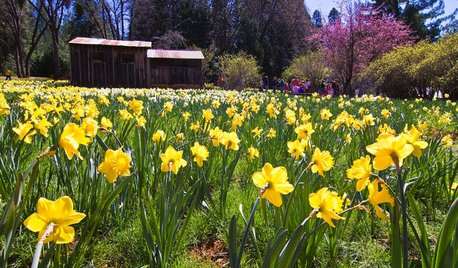
GARDENING GUIDES7 Bulbs That Flourish in Mild Climates
Fall planting: For gardens that don't see harsh winters, different guidelines for choosing and planting spring-blooming bulbs apply
Full Story
LIGHTINGThe Lowdown on High-Efficiency LED Lighting
Learn about LED tapes, ropes, pucks and more to create a flexible and energy-efficient lighting design that looks great
Full Story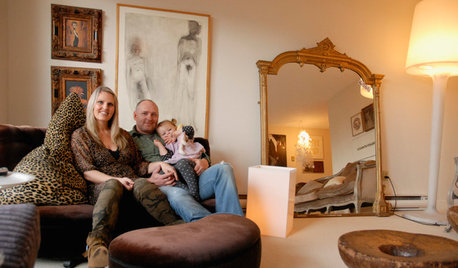
HOUZZ TOURSMy Houzz: Travel, Art and Creative Layering Mix in Vancouver
Personality reigns in this eclectic Canadian waterfront home, thanks to the owners' artistic approach
Full Story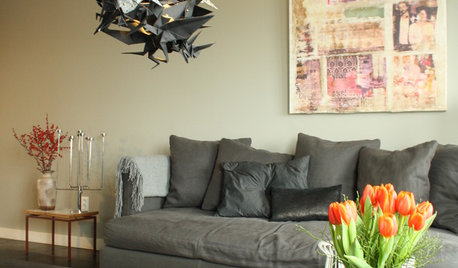
HOUZZ TOURSMy Houzz: Vintage and Asian Styles Mix in Eclectic Home
An interior design couple dress up their home with origami pendant, wallpaper and mid-century pieces
Full Story0
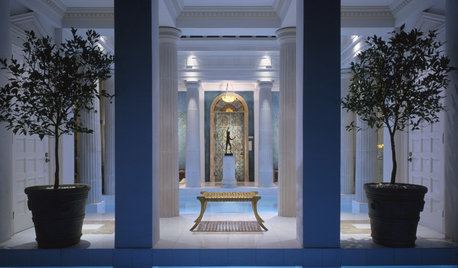
BLUEMy Blue Heaven: New Reasons to Love the Color of Sea and Sky
Derived from gems, worn by royalty and loved the world over, blue has a past as deep as the midnight sky
Full Story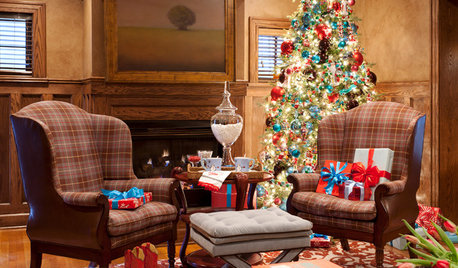
HOLIDAYS15 Spectacular Christmas Palettes Beyond Red and Green
Instead of dragging out holiday decorations in the same old expected colors this year, dare to consider these gorgeous alternatives
Full Story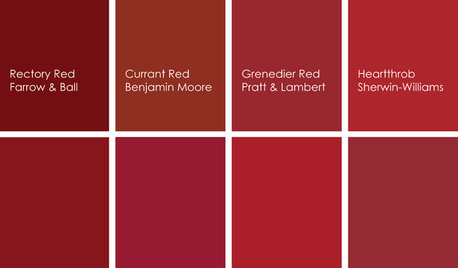
KITCHEN DESIGNCooking With Color: When to Use Red in the Kitchen
Candy Apple Red, Red Licorice and more for your kitchen walls, cabinets or island? The color choices are as delicious as they sound
Full StoryMore Discussions






mrniceguy
bid2win
Related Professionals
Allen Landscape Architects & Landscape Designers · Erie Landscape Architects & Landscape Designers · Prairie Ridge Landscape Architects & Landscape Designers · Wakefield Landscape Contractors · El Segundo Landscape Contractors · Galveston Landscape Contractors · Merced Landscape Contractors · Oakland Landscape Contractors · Tinton Falls Landscape Contractors · Washington Landscape Contractors · Grover Beach Fence Contractors · Hawaiian Gardens Fence Contractors · San Pedro Fence Contractors · Whittier Fence Contractors · Fountain Valley Fence Contractorsjimmyjojo
jimmyjojo
shrubs_n_bulbs
ohyeah_orchids